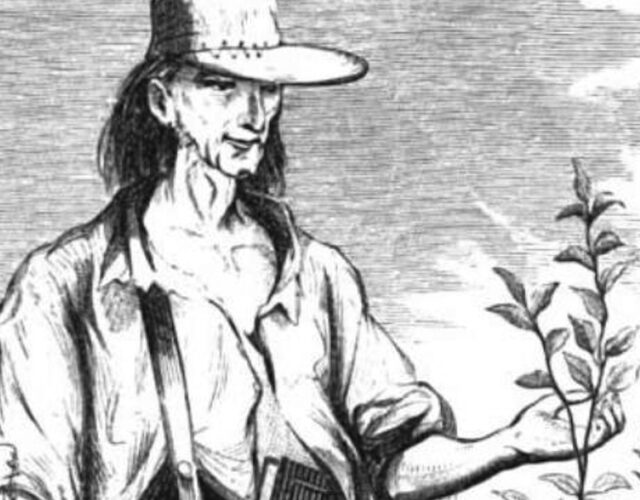There are hot pockets, pill pockets, even Lacrosse pockets, but what about the ones in your clothing?

According to historian Rebecca Unsworth, it was in the late 15th century that pockets became more noticeable. The pockets began by being hung like purses from a belt accessible through a slit in the outer garment. Being concealed beneath a coat or jerkin, help to discourage pickpocketing.
The word pocket appears in Middle English, and is taken from a Norman diminutive of Old French poke, pouque, or pouch. The form "poke" is now only used in dialect, or in such proverbial sayings as "a pig in a poke".
Historically, the term "pocket" referred to a pouch worn around the waist by women, as mentioned in the rhyme Lucy Locket. In these pockets, women would carry items needed in their daily lives, such as scissors, pins and needles, and keys.

Lucy Locket lost her pocket.
Kitty Fisher found it;
Not a penny was there in it,
Only ribbon round it.
The rhyme was
first noted by James Orchard Halliwell in 1842 (Some accountings hint at Lucy
and Kitty being rival courtesans of the time of Charles II", making it a
much older and more interesting nursery rhyme)
In the 17th
century, pockets began to be sewn into men's clothing, but not women's. In more
modern clothing, women still sometimes have a Potemkin pocket, which is a fake
slit sewn shut.
A watch pocket or fob pocket is a small pocket designed to hold a pocket watch, in men's trousers and waistcoats and found in traditional blue jeans.
Camp pockets or cargo pockets are sewn to the outside of the garment. They are usually squared off and are characterized by seaming. Battle dress was first worn by members of the British Armed Forces in 1938, and introduced to the United States in the mid-1940s during World War II. The large pockets characteristic of cargo pants were originally designed for British forces to hold field dressings, maps, and other items. The concept was copied in the U.S. Paratrooper uniform to allow more room to hold K rations and extra ammunition.

Contemporary Romantic Thriller: Fatal Recall
Medieval Romance: The Dragon and The Rose * Iron Heart * Promise Me Christmas.
Victorian Romance: Lady Gallant * Victorian Dream
Fantasy: The Fae Warriors Trilogy: Solace * Bliss * Portence
Social media:
Amazon author Amazon Author
AudioBooks Audio books












